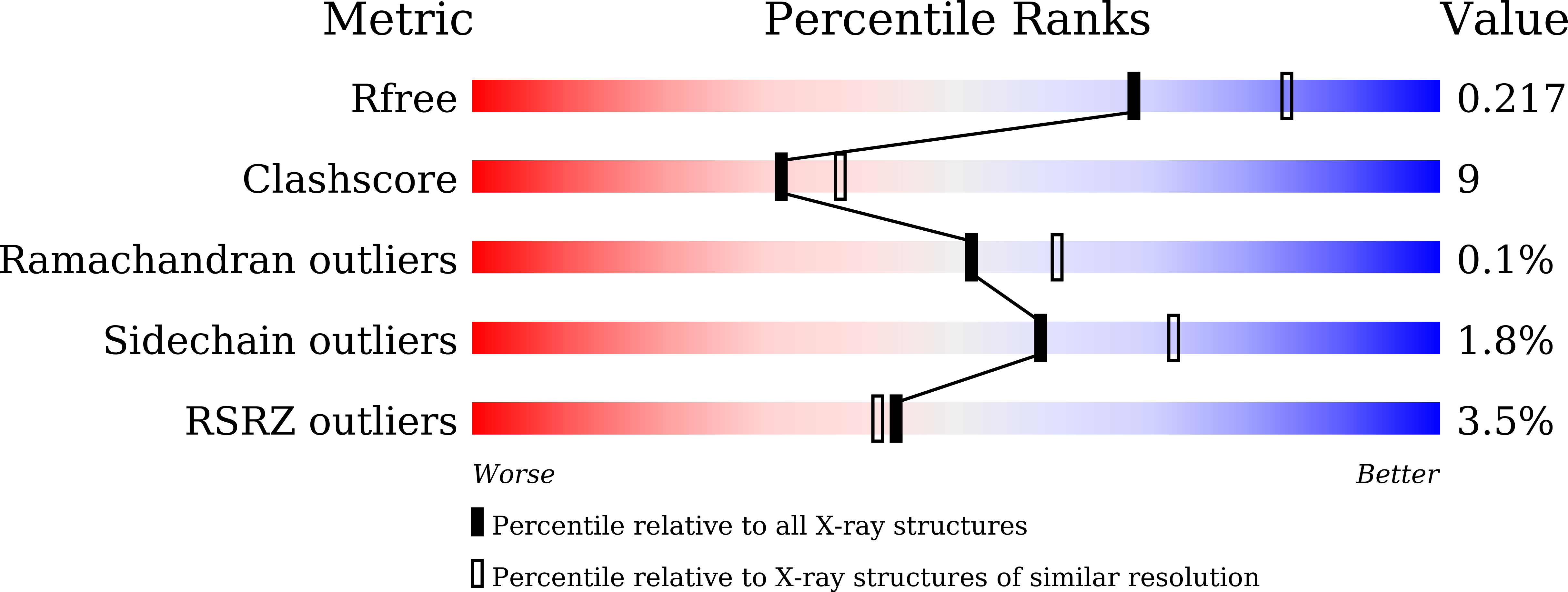Feruloyl Esterase ( La Fae) from Lactobacillus acidophilus : Structural Insights and Functional Characterization for Application in Ferulic Acid Production.
Jeon, S., Hwang, J., Do, H., Le, L.T.H.L., Lee, C.W., Yoo, W., Lee, M.J., Shin, S.C., Kim, K.K., Kim, H.W., Lee, J.H.(2023) Int J Mol Sci 24
- PubMed: 37446348
- DOI: https://doi.org/10.3390/ijms241311170
- Primary Citation of Related Structures:
7XRH, 7XRI - PubMed Abstract:
Ferulic acid and related hydroxycinnamic acids, used as antioxidants and preservatives in the food, cosmetic, pharmaceutical and biotechnology industries, are among the most abundant phenolic compounds present in plant biomass. Identification of novel compounds that can produce ferulic acid and hydroxycinnamic acids, that are safe and can be mass-produced, is critical for the sustainability of these industries. In this study, we aimed to obtain and characterize a feruloyl esterase ( La Fae) from Lactobacillus acidophilus . Our results demonstrated that La Fae reacts with ethyl ferulate and can be used to effectively produce ferulic acid from wheat bran, rice bran and corn stalks. In addition, xylanase supplementation was found to enhance La Fae enzymatic hydrolysis, thereby augmenting ferulic acid production. To further investigate the active site configuration of La Fae, crystal structures of unliganded and ethyl ferulate-bound La Fae were determined at 2.3 and 2.19 Å resolutions, respectively. Structural analysis shows that a Phe34 residue, located at the active site entrance, acts as a gatekeeper residue and controls substrate binding. Mutating this Phe34 to Ala produced an approximately 1.6-fold increase in La Fae activity against p -nitrophenyl butyrate. Our results highlight the considerable application potential of La Fae to produce ferulic acid from plant biomass and agricultural by-products.
Organizational Affiliation:
Department of Chemistry, College of Natural Science, Sookmyung Women's University, Seoul 04310, Republic of Korea.















